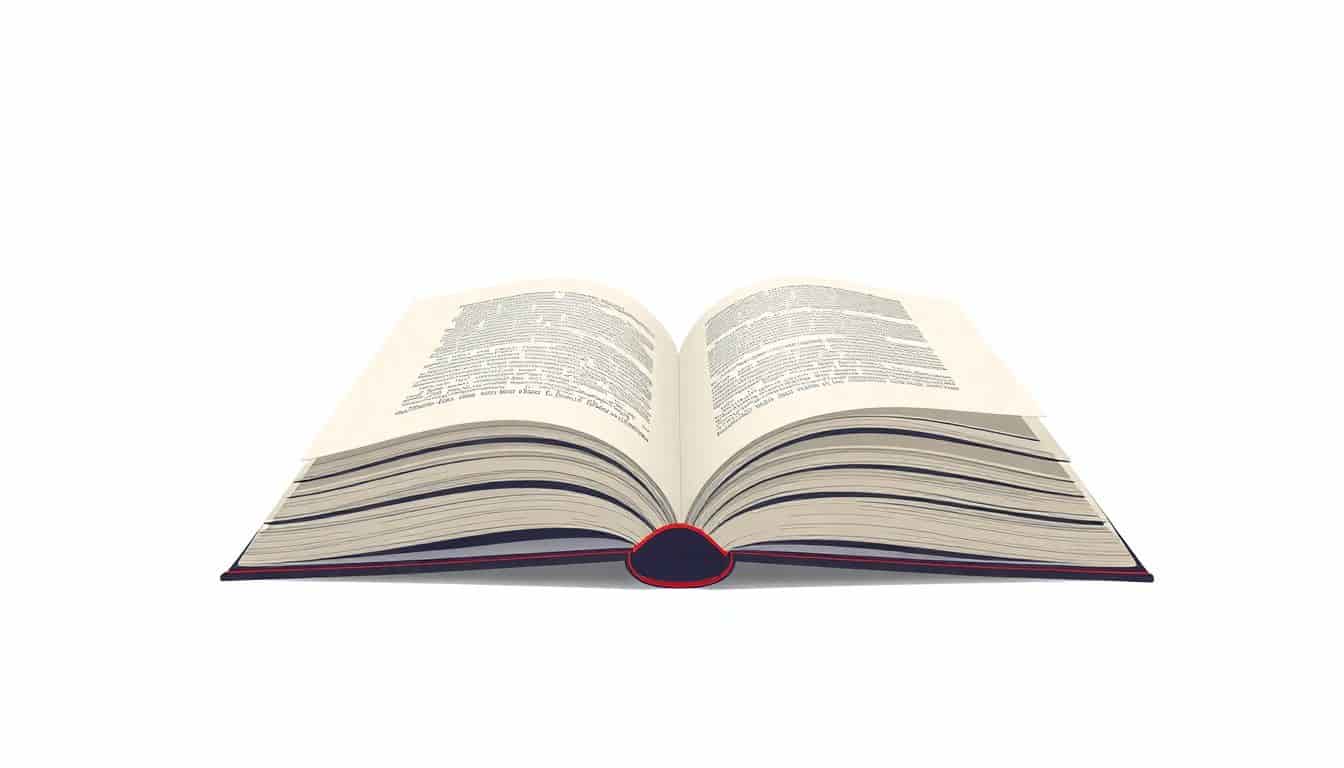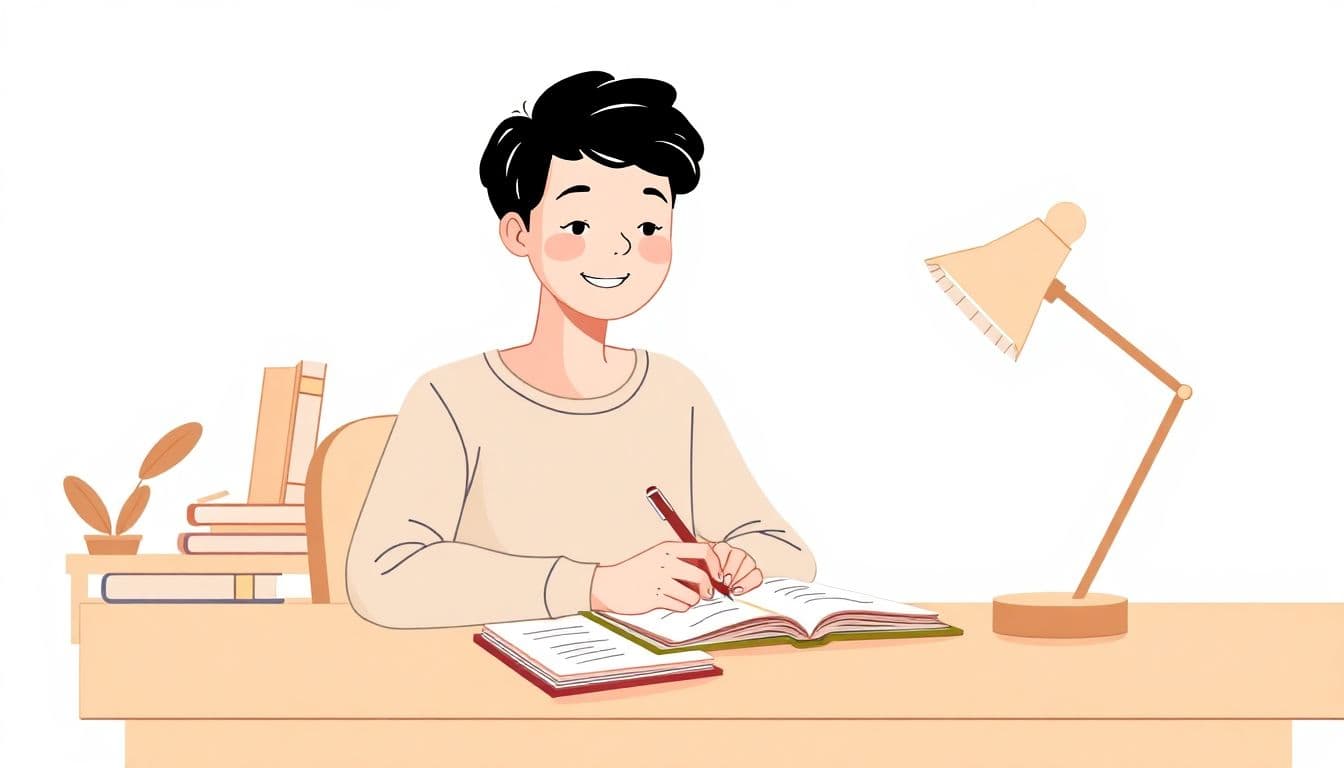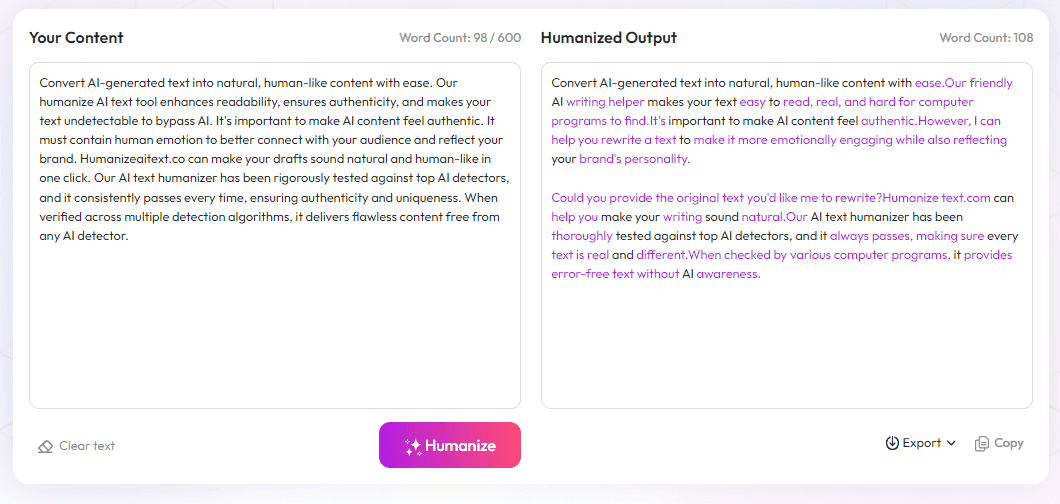Table of Contents
Choosing the right book binding can feel overwhelming, especially with so many options out there. But don’t worry—by understanding the main types, you’ll find it easier to pick the perfect one for your needs. Stick with me, and I’ll break down the most common binding styles, what makes each special, and how to choose the best fit. Soon, you'll be confidently making your choice and even impressing friends with your new book knowledge!
Key Takeaways
Key Takeaways
- Choose saddle stitch for small projects like brochures; it’s cheap and easy. Perfect binding works best for thicker books like magazines or paperbacks, giving a sleek look. Spiral or Wire-O binding lets books lay flat and is good for workbooks or manuals. Hardcover binds last longer, ideal for high-end, durable books. Smyth sewn binding is strong and opens fully flat, great for art books and journals. Coptic stitch adds a handmade touch with flat-ability, perfect for sketchbooks. Japanese stab binding is simple and decorative, suitable for small, artisanal books. Compound bindings mix styles for unique, eye-catching designs.
- Match the binding to your project’s purpose, budget, and how it will be used. For long-lasting, professional results, consider Smyth sewn or hardcover. For quick or low-cost jobs, saddle stitch or tape binding work well. Think about the audience—high-end buyers prefer durable, polished options, while casual or creative projects can be more artsy. Market trends favor perfect and hardcover bindings, especially in educational and gift markets. Picking the right style ensures your book looks good, holds up over time, and fits your financial plan.

When it comes to choosing a book binding style, understanding the main types can help you make the best decision for your project. The most common binding options include saddle stitch, perfect binding, spiral binding, and hardcover binding. Each method has its own advantages, uses, and aesthetic appeal, and knowing these can ensure you pick the perfect fit for your intended audience or purpose.
Saddle stitch involves folding sheets of paper in half and stapling them along the fold. It's a straightforward and budget-friendly method often seen in booklets, brochures, and short catalogs. Since it uses staples, saddle stitch is ideal for publications with fewer pages—usually up to 64 pages—making it perfect for event programs or small magazines.
Perfect binding is what you typically see on paperbacks and magazines. This style stacks pages and glues their spines with a strong adhesive, resulting in a clean, professional look. Perfect binding handles higher page counts well—often over 100 pages—and offers a sleek finish that’s popular among publishers for mass-market books and magazines.
Spiral or coil binding involves punching holes along the pages and threading a plastic or metal coil through them. This method allows books to lay flat when open—great for cookbooks, workbooks, and manuals. Its flexibility means it's reusable and durable, especially useful when the material needs to be referenced frequently.
Wire-O binding resembles spiral binding but uses double loops of wire. It provides a sturdier, more polished appearance and often qualifies as professional-grade. Wire-O is common for journals, planners, and business reports that require durability and the ability to open completely flat.
Market trends reveal a steady growth in the demand for these binding options. For example, the global bookbinding materials market was valued at nearly USD 9 billion in 2024, with perfect and saddle stitch types leading in popularity for mass printing. The choice of binding can influence not only the look of your book but also its durability and production cost, which are key factors in deciding what’s right for you.
Choosing the appropriate binding style depends on your book’s purpose, budget, and desired aesthetic. If you want a professional appearance for a high-page count book, perfect binding might be your best option. For smaller publications or quick print runs, saddle stitch offers a low-cost, effective solution. Meanwhile, spiral or Wire-O binding is excellent for projects needing to lay flat or withstand repeated handling.

6. Case Binding (Hardcover): Durable and High-Quality
Case binding, also known as hardcover binding, is the go-to choice for those who want their book to last and look premium.
This method involves sewing the pages together into sections, then attaching them to a rigid cover made of cardboard and a protective dust jacket.
It's commonly used for textbooks, collector’s editions, and coffee table books that need to stand the test of time.
Higher production costs are offset by a luxurious presentation that appeals to buyers looking for durability and a high-end feel.
According to market data, the hardcover segment continues to grow, especially in educational and gift sectors, making it a solid investment for publishers aiming for a lasting impression.
Keep in mind that printing on sturdy materials might increase costs, but it also offers opportunities for creative cover designs and finishes like embossing or foil stamping.
7. Smyth Sewn Binding: Strong and Opens Flat
Smyth sewn binding is all about durability—each section of pages is sewn through the folds before being glued or attached to the spine.
This technique results in a very sturdy book that can open completely flat without damaging the spine.
It's often used for high-quality art books, journals, and editions where longevity and ease of reading are key.
Since the signatures are sewn, the pages are less prone to falling out over time, which is a plus for archival purposes.
This method is slightly more expensive but offers substantial benefits if your project demands a professional, long-lasting finish.
For self-publishers wanting a premium product, Smyth sewn binding is a good option, especially for limited editions or collectible volumes.
8. Coptic Stitch Binding: Decorative and Flat-Opening
Coptic binding is known for its beautiful exposed stitching on the spine, giving it a handmade, artistic look.
This technique involves sewing the signatures together with knots visible on the outside, often with colorful thread for extra flair.
One of its biggest advantages is that books bound with Coptic stitch open completely flat, making it ideal for sketchbooks, journals, and portfolios.
This binding method is great if you want your book to have a unique look and be functional for sketching or note-taking.
While it may not be as durable for handling heavy mileage, its aesthetic appeal makes it popular among artists and craft-oriented publishers.
Looking to add a touch of craftsmanship to your project? Coptic stitch might be the way to go.
9. Japanese Stab Binding: Aesthetic and Suitable for Thin Books
Japanese stab binding is an elegant, traditional technique that pairs well with handmade or artistic projects.
This method involves piercing holes along the spine and threading decorative stitches through to hold the pages together.
It's particularly suited for slim books, manuals, or photo albums where a decorative, exposed binding adds character.
Japanese stab binding is quick to do with minimal tools, making it accessible for DIY projects.
This style provides a charming, vintage feel and can be customized with different stitching patterns for added visual intrigue.
If you’re creating a keepsake or handcrafted journal, this method will elevate its artistic charm.
10. Compound Bindings: Artistic and Unique Formats
Compound bindings combine two or more binding styles to create a distinctive and often interactive book design.
Think of books with integrated pockets, fold-outs, or layered covers—these are examples of compound bindings.
This approach works well for art books, promotional materials, or specialty publications aiming to stand out from the crowd.
Because of the complexity, manufacturing costs and time can increase, but the end result is often a memorable piece.
For publishers and designers willing to push boundaries, compound binding offers endless creative possibilities.
Need inspiration? Consider adding fold-out maps, pop-ups, or layered elements to make your book truly one-of-a-kind.
11. Other Binding Options: Tape and Screw Binding
If you’re after quick, simple, and flexible binding solutions, tape binding and screw binding are useful options.
Tape binding uses strong adhesive tape on the spine, often seen in report binders or draft materials.
Screw binding involves punching holes and securing pages with metal screws or bolts, allowing for easy updates or removal of pages.
These methods are cost-effective and are particularly suited for internal documents, prototypes, or educational handouts.
While they lack the polished look of other methods, their practicality makes them popular for project reports or short-term materials.
Thinking about quick turnaround projects? These options might just be your best bet.
12. Comparing Book Binding Types: Which One Is Right for You?
Deciding among different binding styles depends on your goals, budget, and the type of book you're creating.
Ask yourself: Do you want a professional, durable finish or something more casual and DIY-friendly?
Consider the expected lifespan—longer-lasting books benefit from Smyth sewn or case binding, while temporary printouts may do fine with saddle stitch or tape binding.
Page count matters too—short-book binding styles like saddle stitch work well for fewer pages, while perfect or case binding suits larger, more substantial projects.
Market trends show that perfect and hardcover bindings continue to dominate, especially in the educational and professional sectors.
Think about your audience: A high-end collector would prefer a Smyth sewn or hardcover book, whereas a workbook or sketchpad might be better with spiral or Coptic stitch binding.
13. How to Choose the Best Binding for Your Book or Document
Start by defining your book’s purpose—will it be a gift, a professional report, or a primary product for sale?
Next, set your budget—some binding methods like hardcover or Smyth sewn can be pricier, but they last longer and look more refined.
Consider how your readers will use the book—lay-flattening bindings like spiral or Wire-O are great for reference materials and workbooks.
Also, think about the aesthetic—do you want a sleek, minimalist look or something decorative and handcrafted?
Research current market trends; for example, the global (https://automateed.com/historical-fiction-ideas/) shows steady growth, especially in sustainable and innovative materials.
Ultimately, balancing function, appearance, and cost will help you select the ideal binding style for your project.
FAQs
Different binding types include saddle stitch, perfect binding, spiral binding, wire-o, case (hardcover), Smyth sewn, Coptic stitch, Japanese stab, and others like tape or screw binding. Each style offers different durability, appearance, and suitability for various projects.
Perfect binding is commonly used for paperbacks and magazines. It creates a smooth, professional look and is cost-effective, making it suitable for printed materials with many pages.
Spiral or coil binding involves a plastic or metal coil threaded through holes along the pages. It offers flexibility and allows the book to lay flat, making it ideal for manuals, notebooks, and cookbooks.
Consider factors like durability, appearance, page count, flexibility, and budget. For high-quality or long-term use, hardcover or Smyth sewn bindings work well. For quick, inexpensive projects, saddle stitch or spiral binding may be better.



